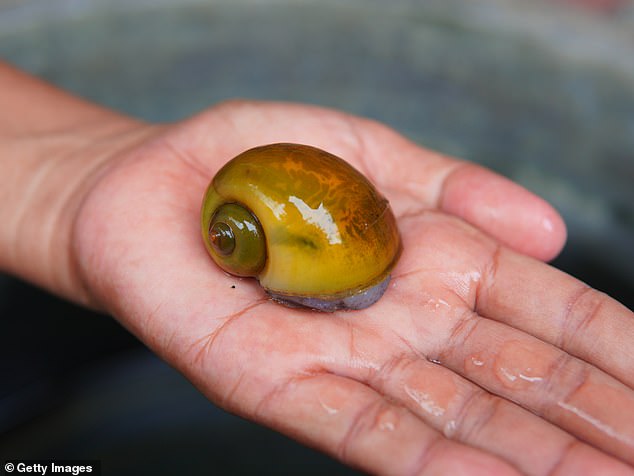
Florida Urges Immediate Destruction of Invasive Parasite-Infested Pink Blobs: ‘Crush on Sight’
Florida Battles Invasive Pink Snail Eggs Threatening Humans and Ecosystems
Residents across Florida are being warned to destroy strange pink blobs appearing near waterways—invasive apple snail egg masses that endanger both people and the environment. The Florida Fish and Wildlife Conservation Commission (FWC) advises against touching the eggs barehanded due to harmful bacteria and parasites in their slime coating, which can cause infections. Instead, the public is urged to crush the clusters using protective gear.

Florida is battling invasive apple snails, whose eggs threaten local ecosystems.
Health and Ecological Risks
The channeled apple snail, one of four invasive South American species in Florida, can carry rat lungworm—a parasite causing rare but life-threatening meningitis if consumed via raw or undercooked snails. These snails aggressively devour aquatic plants, disrupting habitats vital for native wildlife. Since 2013, they’ve infiltrated 38 Florida counties and 29 watersheds, including Lake Okeechobee and the Everglades. Their spread extends to Georgia, Texas, Louisiana, and California, where they damage crops and clog irrigation systems.

Invasive snail populations now span 38 of Florida’s 67 counties.
Economic Toll
Invasive apple snails cost North America over $26 billion annually in agricultural losses, infrastructure damage, and control efforts. They lower property values, harm tourism, and threaten Florida’s native apple snail, a critical food source for endangered species like the Everglades snail kite.
Identification Tips
- Native snails: Smaller (2–3 inches), pale salmon-colored eggs, flat-topped shells.
- Invasive snails: Larger (up to 6 inches), vivid pink egg masses (up to 2,000 eggs per clutch), bright shell colors from yellow-green to copper.

Invasive species impact agriculture and water systems.
How to Help
The FWC urges residents to:
- Crush eggs on land using gloves or shoes.
- Report sightings to wildlife authorities.
- Never release pet snails into the wild—they’re often the source of invasions.

Invasive apple snails cause global ecological and economic harm.
With rapid reproduction rates and few natural predators, these invaders are difficult to control. Public vigilance is critical to safeguarding Florida’s ecosystems and communities.


